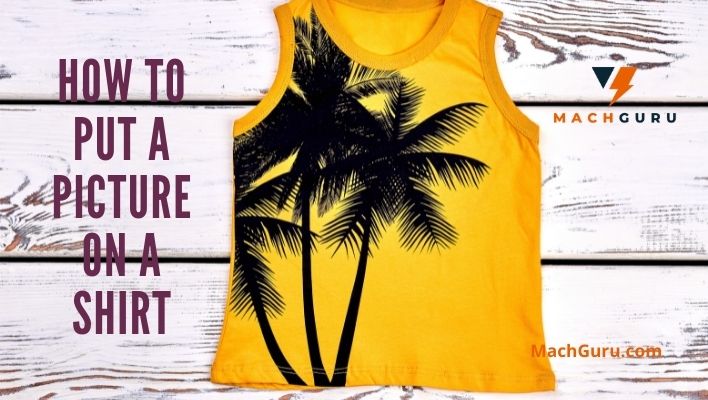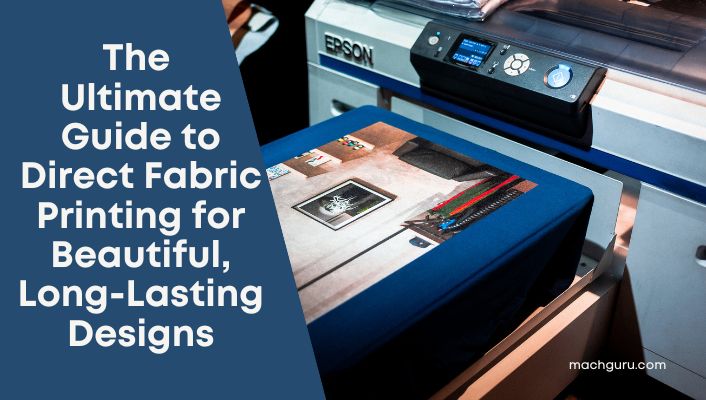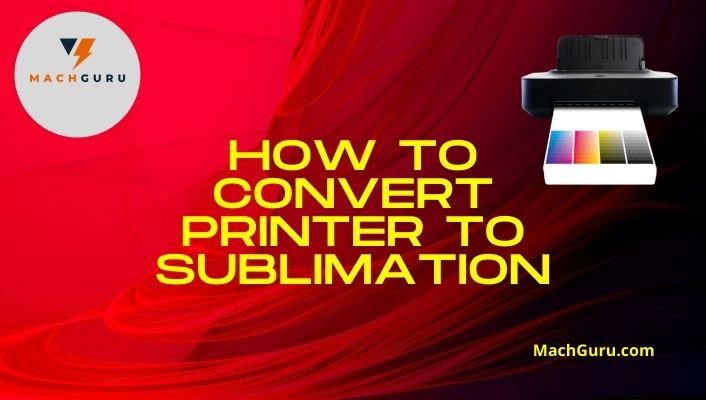Resin Vs Filament 3D Printer | Which Is Better For You?
The 3D printing community is a vast, ever-growing decentralized network of enthusiasts who share their love for all things futuristic – whether it’s robots or space exploration. Are you considering purchasing a 3D printer? If so, you may wonder whether to buy a resin or filament 3D printer. Both have their pros and cons, but ultimately which one you choose depends on your needs and preferences.
Both liquid-based resins and thermoplastic filaments are used with 3D printing. However, they differ in many ways, such as strength or durability which one you choose will depend on your application needs more than anything else! In this post, we’ll take a closer look at the differences between filament and resin 3D printers to help you decide which is best for you.
Are you looking to recycle your 3D printer filament and save money? We can help!

Comparison of Resin and Filament 3D Printer
The main difference is that Resins 3D printers use Stereolithography apparatuses (SLA) technology while Filaments use the Fused Deposition Modelling (FDM) technology. In addition to their contrasting properties, each printing material has its own distinct set of features, benefits, and potential drawbacks.
It’s best to use a filament printer if you need to finish your prints or if you need large pieces of 3D printed material. You should consider a resin, SLA/DLP printer if you are looking for high-quality production models or if you need small models with great detail.
Before going to further head-to-head detail, you must know the terminology or technology that 3D printers use.
SLA vs DLP vs FDM 3D Printers
For those who are new to the world of 3D printing, there is a lot that you might not know. An SLA (Stereolithography) and a DLP (Digital Light Processing) are both resin 3D printers, while an FDM is a filament 3D printer. See below for comparisons.
Read: Silhouette Cameo 4 Reviews: Specs, Features, Price & Rating
What is SLA Printing?
Among the oldest forms of 3D printing, stereolithography (SLA) is the most widely used. A layer of photosensitive resin is exposed to a UV-laser beam, and the resin hardens in the desired pattern to create the object. This process is repeated until the object is complete. Using this technique, you can print beautiful details in a model.
The surfaces of SLA 3D printed objects are smooth, but the quality varies with the type of printer. Larger pieces cannot be made on SLA resin printers because their build plates are small. The process of printing via SLA is longer as printed objects must first be rinsed in a solvent, then put into an ultraviolet oven.
What is DLP Printing?
Digital Light Processing (DLP) is the fastest of all 3D printing methods. You can quickly print a layer of hardened material and then transfer it to the next layer. The DLP 3D printer works the same as the SLA 3D printer, but instead of using a UV-laser beam, it uses an arc lamp for melting the plastic resin. Because of the available light, the resin can quickly harden under this light source, resulting in impressive printing speeds.
For complex and detailed objects, DLP produces high-resolution models every time, even using inexpensive material. The DLP system is a highly reliable and robust technology.
What is FDM Printing?
FDM, also known as filament 3D printing, is the most readily available and popular type of 3D printing. FDM is a printing process that features functional prototypes and even ready-to-use objects like LEGO and plastic gears. It was initially developed in the 1980s.
Mechanical engineers and manufacturers will benefit from this technology as the components they print can be produced from high-performance and engineering-grade thermoplastics. They also have outstanding mechanical strength and heat resistance.
The process of FDM printing involves heating thermoplastic filament and extruding it layer by layer. This type of 3D printing is well suited to all fields, from new product development through prototyping to end-product manufacturing.
Recommended: Best Vinyl Cutting Machines in 2022 – Top Picks, Reviews & Ratings
Resin or Filament 3D Printing: Which One To Choose?
In this, we discuss the cost, strength, and features of both 3D printers. To decide whether an FDM printer or an SLA/DLP printer is best for you, consider the following factors.
Quality
The quality of objects you will print is a critical factor in 3D printing. Many factors affect FDM printers, including the extruder’s quality, the nozzle’s size, and the adhesion between layers. It is not uncommon for these layers to warp, shrink, and shift as they are squeezed together.
The issues can be remedied in the postprocessing stage. SLA/DLP printers, on the other hand, provide high-quality results because the laser determines fine details and allows for exact printing. As a final result, resin 3D printing achieves better results when compared to other technologies.
Ease of Use
Whether you choose a resin or filament 3D printer is a learning curve. To remove the final print from a filament printer, you can use a palette knife and then snip off excess plastic during postprocessing, along with some sanding. The process of removing resin printers’ final prints can be more difficult as a lot of resin remains in the printer.
As a further step, Isopropyl alcohol will need to be applied to the objects, and sometimes an ultraviolet oven will need to be used to finish the process. Although filament printers are more convenient to use, both types require postprocessing.
Cost of Resin and Filament 3D Printers
If you plan to buy a 3D printer, you need to consider more than just the printer cost. You should also consider the filament or resin cost, as well as the required accessories and time. FDM printers beat SLA/DLP printers on printer cost at every level. SLA/DLP printers around the entry-level price range are scarce, especially for beginners.
Furthermore, you need to consider the printer’s maintenance. Using regular cleaning and maintenance, you will only need to replace nozzles infrequently, as filament costs $25 or less per spool. If you have a resin printer, you must often replace the resin and resin tank. Tanks cost around $40, and resin costs around $80 per liter. FDM printers are significantly more affordable than traditional printers.
Build Volume
A filament printer is clearly the best choice if you want to print more significant parts. If we take a beginner-level printer like Creality Ender 3, we have a build volume of 220 x 220 x 250mm. There are other larger-volume 3D printers you can easily buy from the market.
The build volume of resin printers is much smaller. A basic filament printer such as the Creality 3D printers Halot-One and Elegoo Mars provides 130 mm x 80 mm x 160 mm of the print area. Higher-end resin printers like the Elegoo Saturn are smaller than even entry-level filament printers, which produce 192 x 120 x 150mm.
Printing Speed
Nevertheless, resin printers (like the DLP) can print multiple objects simultaneously. All it takes is a fixed amount of time for the LCD to be exposed to this layer, regardless of how many parts you make.
The resin is usually faster when you need a large number of parts. The small print bed of this printer limits the number of parts you can print at one time, but on a larger resin printer like the Elegoo Saturn, you can print many parts quickly.
Final Words
In the end, I must say that you should consider your needs and what you will create when choosing a 3D printer. FDM printers and filament are the right choices for hobbyists and makers who need strength, durability, and precision but don’t need a precise surface finish. If accuracy and smooth finish are absolutely crucial and the cost is not an issue, resin and SLA printers are the best choice.

Selena Richard
Selena Richard is a tech blogger and entrepreneur who is passionate about new technologies. She has a keen interest in 3D printing and sublimation printers, which she uses to design crafts and solve problems for small business owners.
Selena provides simple and effective solutions for small business growth. With a team of expert members, she targets the needs of small business owners and takes pride in her work.






